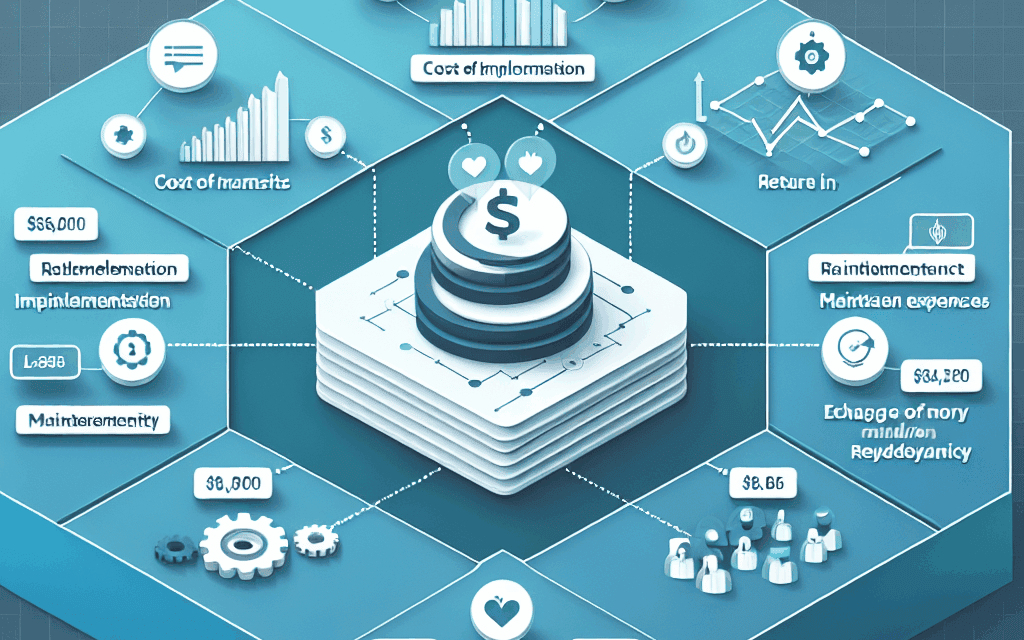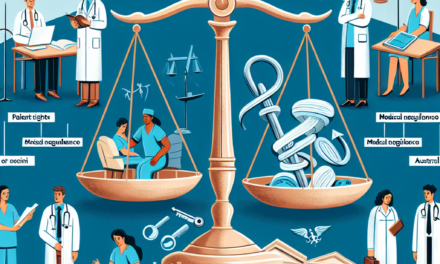Evaluating the Financial Impact of EHRs | Nextech
Electronic Health Records (EHRs) have transformed the healthcare landscape, offering a digital solution to the traditional paper-based record-keeping system. As healthcare providers increasingly adopt EHR systems, understanding their financial implications becomes crucial. This article delves into the financial impact of EHRs, particularly focusing on Nextech, a leading provider of EHR solutions tailored for specialty practices. We will explore the costs associated with EHR implementation, the potential for increased revenue, the impact on operational efficiency, the return on investment (ROI), and the long-term financial sustainability of EHR systems.
1. The Costs of EHR Implementation
Implementing an EHR system is a significant financial undertaking for healthcare organizations. The costs can be categorized into several key areas:
- Initial Setup Costs: This includes software purchase, hardware acquisition, and installation fees. Nextech, for instance, offers a comprehensive suite of services that can range from $10,000 to $100,000 depending on the size and needs of the practice.
- Training Expenses: Staff training is essential for successful EHR adoption. Training costs can vary widely, with estimates ranging from $1,000 to $5,000 per employee, depending on the complexity of the system and the level of training required.
- Maintenance and Support: Ongoing costs include software updates, technical support, and system maintenance. These costs can add up to 15-20% of the initial investment annually.
- Downtime Costs: During the transition to an EHR system, practices may experience downtime, which can lead to lost revenue. A study by the American Medical Association found that practices could lose up to $1,000 per day during the transition period.
In total, the initial investment for EHR implementation can range from $50,000 to over $200,000 for a small to medium-sized practice. However, these costs must be weighed against the potential benefits that EHRs can provide.
2. Revenue Enhancement Opportunities
While the initial costs of EHR implementation can be daunting, the potential for increased revenue is a compelling reason for healthcare providers to invest in these systems. Here are several ways EHRs can enhance revenue:
- Improved Billing Accuracy: EHRs can streamline the billing process by reducing errors associated with manual entry. According to a study by the Healthcare Financial Management Association, practices that implemented EHRs saw a 20% reduction in billing errors.
- Increased Patient Volume: EHRs can improve patient flow and reduce wait times, leading to higher patient satisfaction and retention. A satisfied patient is more likely to return and recommend the practice to others, ultimately increasing revenue.
- Enhanced Coding and Documentation: EHRs facilitate better documentation, which can lead to more accurate coding and higher reimbursement rates. A report from the Medical Group Management Association indicated that practices using EHRs experienced a 10-15% increase in revenue due to improved coding practices.
- Access to Incentive Programs: Many government and private payers offer financial incentives for practices that adopt EHRs and demonstrate meaningful use. For example, the Medicare EHR Incentive Program provides up to $44,000 over five years for eligible providers.
These revenue enhancement opportunities can significantly offset the initial costs of EHR implementation, making it a financially sound investment for many practices.
3. Operational Efficiency and Cost Savings
One of the most significant financial impacts of EHRs is the improvement in operational efficiency. By streamlining workflows and reducing administrative burdens, EHRs can lead to substantial cost savings. Here are some key areas where EHRs contribute to operational efficiency:
- Streamlined Workflows: EHRs automate many administrative tasks, such as appointment scheduling, patient reminders, and prescription refills. This automation allows staff to focus on patient care rather than paperwork, leading to increased productivity.
- Reduced Storage Costs: Transitioning from paper records to EHRs eliminates the need for physical storage space, which can be costly. A study by the American Health Information Management Association found that practices could save up to $2,000 annually in storage costs alone.
- Improved Communication: EHRs facilitate better communication among healthcare providers, leading to more coordinated care. This can reduce duplicate tests and procedures, ultimately lowering costs for both the practice and patients.
- Enhanced Patient Engagement: EHRs often include patient portals that allow patients to access their health information, schedule appointments, and communicate with providers. This engagement can lead to better health outcomes and reduced costs associated with preventable complications.
By improving operational efficiency, EHRs not only enhance the quality of care but also contribute to significant cost savings for healthcare organizations.
4. Measuring Return on Investment (ROI)
Calculating the ROI of EHR implementation is essential for healthcare organizations to understand the financial impact of their investment. ROI can be measured in several ways:
- Direct Financial Benefits: This includes increased revenue from improved billing accuracy, enhanced coding, and access to incentive programs. Practices should track these metrics over time to assess the financial benefits of their EHR system.
- Cost Savings: Organizations should also consider the cost savings associated with reduced administrative burdens, lower storage costs, and improved operational efficiency. These savings can be quantified and compared to the initial investment to calculate ROI.
- Quality of Care Metrics: Improved patient outcomes can lead to financial benefits in the long run. For example, a study published in the Journal of the American Medical Association found that practices using EHRs had lower hospital readmission rates, which can result in significant cost savings for both providers and payers.
- Patient Satisfaction Scores: Higher patient satisfaction can lead to increased patient retention and referrals, ultimately impacting revenue. Practices should track patient satisfaction scores before and after EHR implementation to assess the impact on their bottom line.
By measuring these various factors, healthcare organizations can gain a comprehensive understanding of the ROI associated with their EHR investment. A well-implemented EHR system can yield a positive ROI within a few years, making it a worthwhile investment for many practices.
5. Long-Term Financial Sustainability of EHR Systems
As healthcare continues to evolve, the long-term financial sustainability of EHR systems is a critical consideration for organizations. Several factors contribute to the ongoing financial viability of EHRs:
- Adaptability to Regulatory Changes: EHR systems must be able to adapt to changing regulations and reimbursement models. Practices that invest in flexible EHR solutions, like those offered by Nextech, are better positioned to navigate these changes without incurring significant additional costs.
- Continuous Improvement and Updates: EHR vendors must provide regular updates and improvements to their systems to keep pace with technological advancements and changing healthcare needs. Practices should consider the long-term costs associated with maintaining and upgrading their EHR systems.
- Integration with Other Technologies: The ability to integrate EHRs with other healthcare technologies, such as telehealth platforms and patient engagement tools, can enhance their value and sustainability. Practices should evaluate the interoperability of their EHR systems to ensure they can leverage new technologies as they emerge.
- Focus on Value-Based Care: As the healthcare industry shifts towards value-based care models, EHRs that support population health management and data analytics will be essential for long-term financial sustainability. Practices should invest in EHR systems that provide robust reporting and analytics capabilities.
By considering these factors, healthcare organizations can ensure that their EHR investments remain financially sustainable in the long run, ultimately benefiting both their bottom line and patient care.
Conclusion
The financial impact of EHRs is multifaceted, encompassing initial costs, revenue enhancement opportunities, operational efficiency, ROI measurement, and long-term sustainability. While the upfront investment in EHR systems can be significant, the potential for increased revenue, cost savings, and improved patient care makes them a valuable asset for healthcare organizations.
As practices like Nextech continue to innovate and provide tailored EHR solutions, healthcare providers must carefully evaluate their options and consider the long-term financial implications of their EHR investments. By doing so, they can position themselves for success in an increasingly digital healthcare landscape.
In summary, the transition to EHRs is not merely a technological upgrade; it is a strategic financial decision that can shape the future of healthcare practices. By understanding the costs, benefits, and long-term implications of EHR systems, healthcare organizations can make informed decisions that enhance their financial health and improve patient outcomes.





